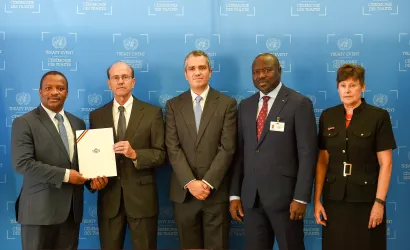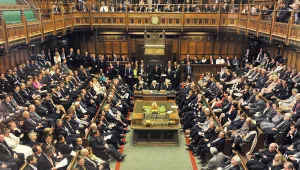The story of the origins of the Euro-American nuclear order helps scholars and policymakers to think about the interaction of technology, strategy, and diplomacy in the atomic age. This transatlantic nuclear history shows how nuclear deterrence and nuclear non-proliferation interact. U.S. to NATO nuclear sharing emerged in reaction to French-led efforts to develop European integration in the strategic nuclear field. The resulting European nuclear order of the late 1950s is still largely in place, but it increasingly faces political and strategic challenges. Russian geopolitical assertiveness, the Trump Presidency, and Brexit create pressures to reassess Euro-American nuclear relations.




